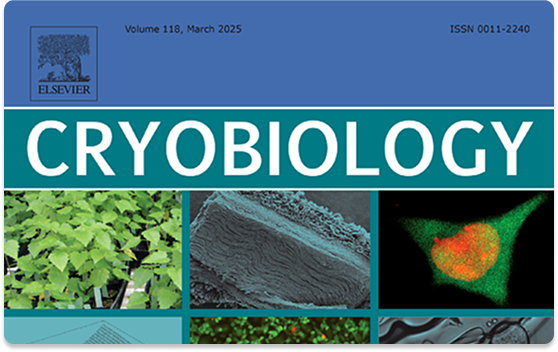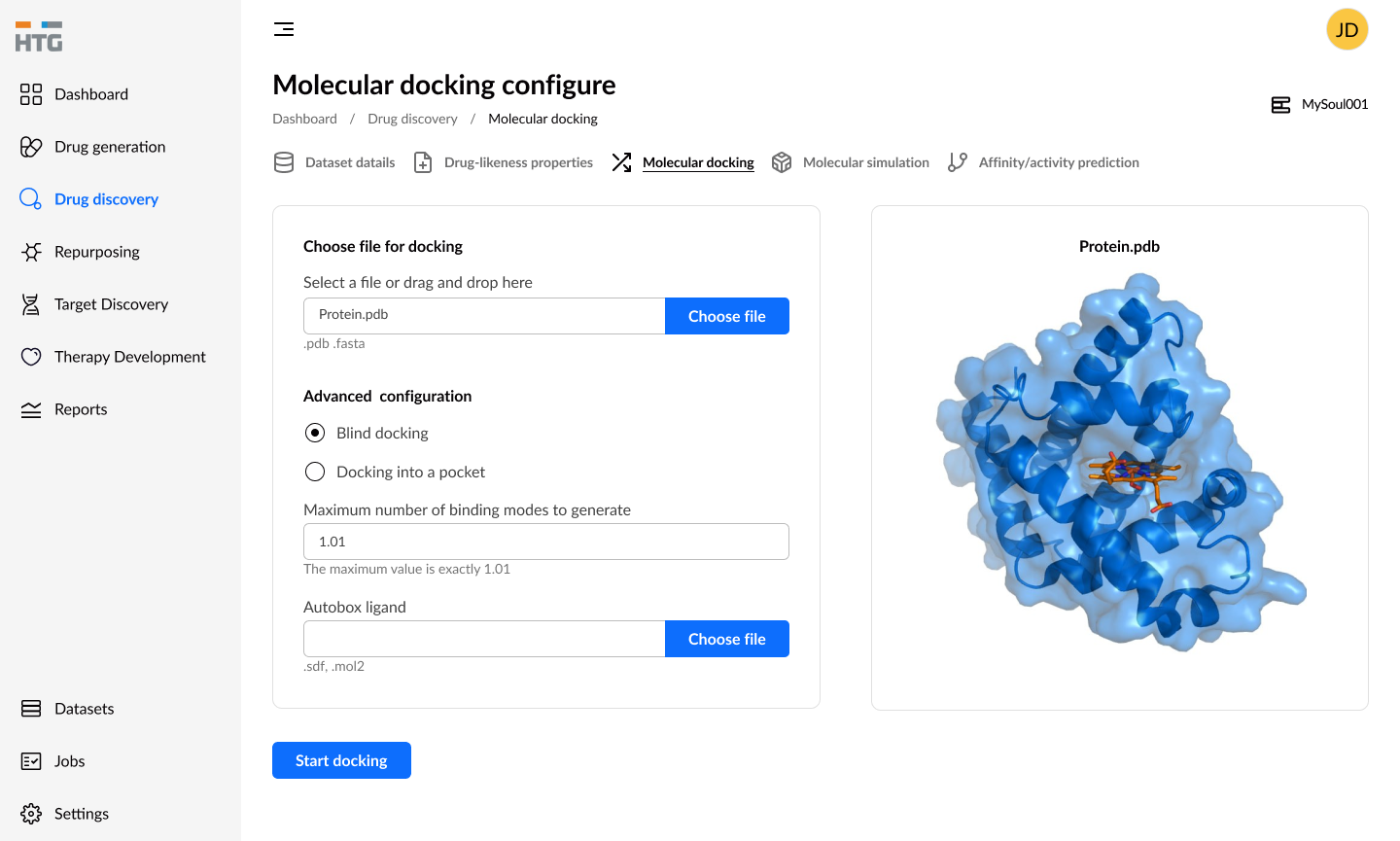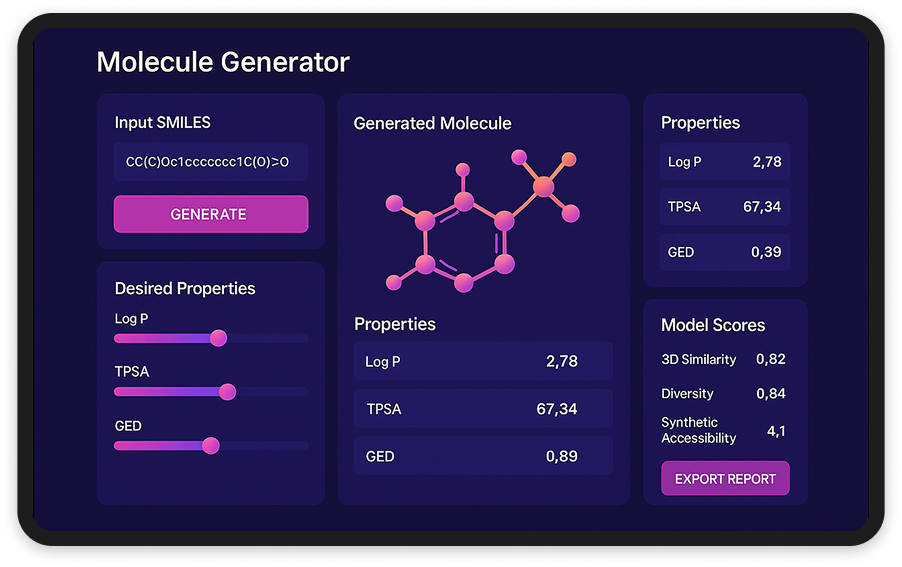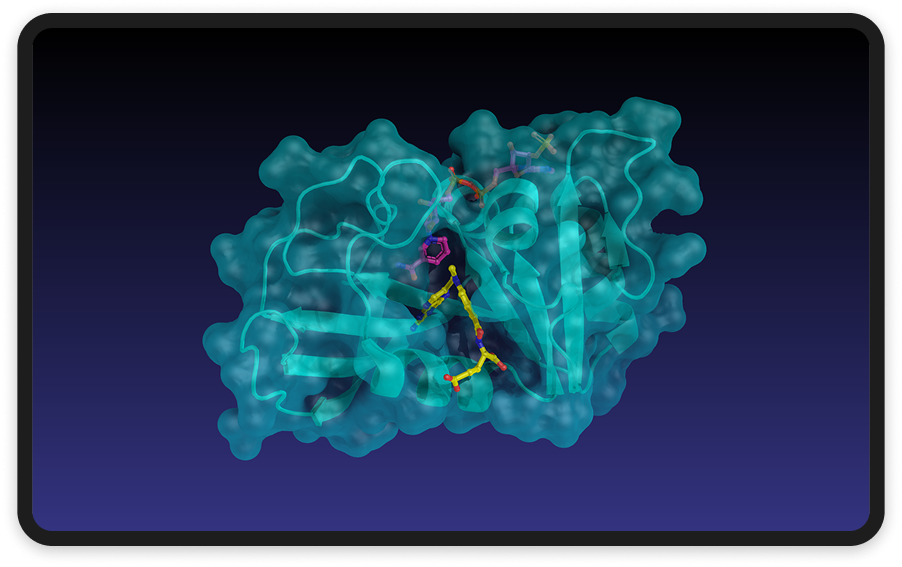The study investigates how the thermomechanical properties of alginate gel affect the viability of immobilized Escherichia coli bacteria after cryopreservation. The analysis of the thermomechanical (TM) curves reveals that the cooling and heating rates during the cryopreservation process should be adjusted to account for phase transformations in sodium alginate. Specifically, at temperatures between −5°C and −37°C, which correspond to the phase transition of sodium alginate, it is important to reduce the cooling rate. This is necessary to minimize thermomechanical stresses that can damage the bacteria and affect their viability during and after the cryopreservation process.
Takeaways:
- Phase Transitions and Cooling Rates: The study emphasizes the significance of controlling cooling rates, particularly when sodium alginate undergoes phase transitions. The temperature range from −5°C to −37°C corresponds to a critical phase transformation of sodium alginate. If the cooling rate is too rapid during this phase transition, it can induce mechanical stresses within the alginate gel, potentially harming the immobilized bacteria.
- Impact on Bacterial Viability: The findings suggest that by optimizing the cooling process to reduce thermomechanical stresses, the survival and viability of immobilized E. coli bacteria after cryopreservation can be improved. Excessive stresses caused by improper cooling could lead to cell rupture or metabolic disturbances, reducing the effectiveness of the cryopreservation process.
- Thermomechanical Properties of Alginate: The study highlights the importance of understanding the thermomechanical properties of alginate, as these properties govern its response to temperature changes during the cryopreservation process. By tailoring the cooling and heating rates to these properties, better preservation of bacterial cells in the gel matrix can be achieved.
- Cryopreservation Protocol Optimization: The results indicate that altering the cryopreservation protocol to account for phase changes in sodium alginate can improve the overall process. Slower cooling during critical temperature ranges may prevent damage, thus enhancing the likelihood of successful bacterial recovery after thawing.
- Applications: This research is relevant for applications in biotechnology, where immobilized bacteria are used in processes like bioremediation, fermentation, or biosensing. Optimizing cryopreservation techniques for such systems could improve their practical use and long-term storage.
- Future Research: The findings suggest that further research into the specific thermomechanical properties of different gel matrices, and how they interact with embedded cells during cryopreservation, could lead to more refined protocols for preserving other types of microorganisms or cells.





